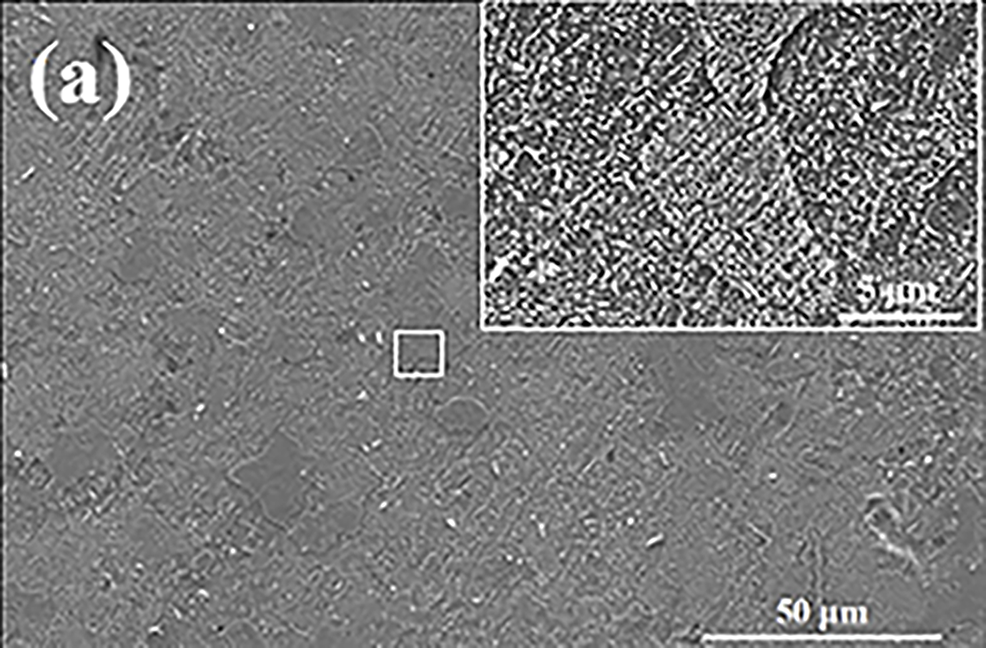
图2示出了浸入不同时间后锌的腐蚀表面形态,并且每个图像的插入物显示了正方形区域中的放大特征。可以看出,在浸入水中48小时后,表面几乎没有变化,出现了一些晶界(图2a和图2d)。通过观察放大的特征,可以看到纳米棒在表面上浸泡6小时后很快出现。通过延长浸泡时间,纳米棒覆盖了整个表面。腐蚀产物在盐水溶液中浸泡168小时后显示出团簇分布(图2e)。还可以观察到存在腐蚀产物的初级层,在其上纳米棒簇进一步生长,如图2e和h所示。随着浸泡时间的延长,整个表面被纳米棒覆盖,大量簇沉积在样品顶部(图2e和h)。
Fig. 2 illustrates the corroded surface morphology of zinc after immersion for different periods and the inserts of each image show the magnified feature in the squared area. It can be seen that the surface keeps almost no change up to 48 h immersion with some grain boundary appearing (Fig. 2a and d). By observing the magnified feature, one can see that the nano-rods appear shortly after 6 h immersion on the surface. By extending the immersion time, the nano-rods covered the entire surface. The corrosion product showed clusters distribution after immersion in saline solution for 168 h (Fig. 2e). It also can be observed that there was a primary layer of corrosion products, over which further growth of the nano-rods cluster proceeded displaying in Fig. 2e and h. With prolonging the immersion time, the entire surface was covered by nano-rods and abundant clusters were deposited on top of the samples (Fig. 2e and h).